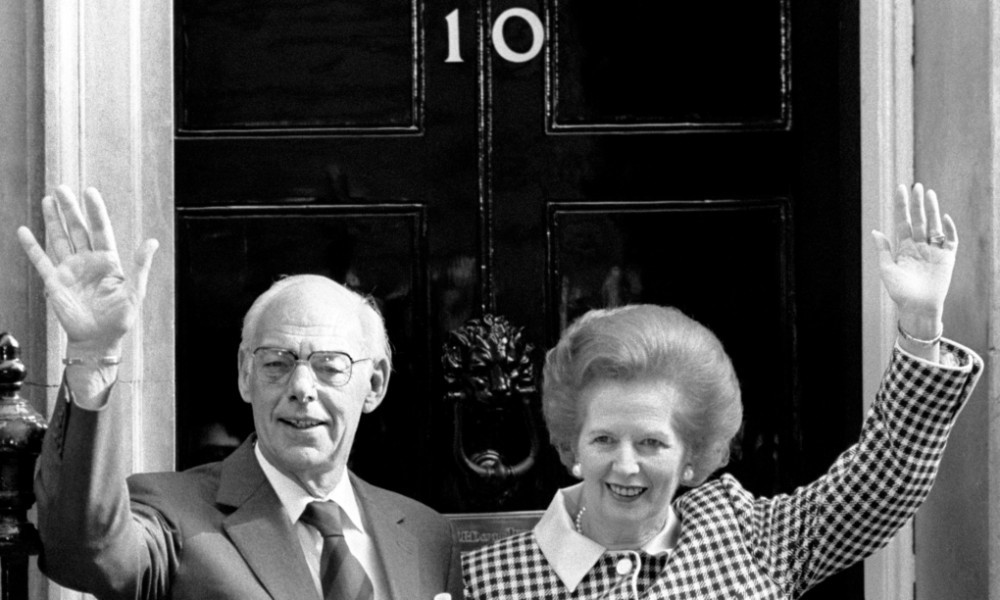MSPs clashed over Margaret Thatcher’s legacy with angry words between Labour and Conservative benches during a Holyrood debate.
The motion There is still such a thing as society was brought forward by Green leader Patrick Harvie and was switched from Wednesday to last night so as not to clash with Baroness Thatcher’s funeral.
But an argument between Labour chief whip James Kelly and Conservatives Alex Johnstone and Mary Scanlon heated proceedings.
The catalyst was Mr Kelly’s branding the UK’s only woman prime minister a “class warrior” whose policies resulted in some people having “died in an early grave”.
He added: “Back in the 1980s the Conservative party pursued policies which broke people’s hearts and destroyed their dignity. As politicians, we must resolve that that must never be allowed to happen again.”
Tory MSP Alex Johnstone said Lady Thatcher was elected in 1979 “as a result of an experience in the 1970s that had broken this country”.
He said: “The behaviour of the unions in particular in the United Kingdom had made the election of Margaret Thatcher an inevitability.”
Fellow Conservative MSP Mary Scanlon also defended Lady Thatcher, saying former Labour prime minister Harold Wilson “closed over 100 more mines than Mrs Thatcher did during her reign”.
Mr Kelly argued: “We didn’t see much hope and we saw too much despair in the 1984 miners’ strike when those communities were brought to their knees.”
He began his speech by offering condolences “to those members of the Conservative family who have suffered a loss of someone who for them was a revered past leader”.
Mr Harvie said reaction to the death of Lady Thatcher had been “predictably divided between hero worship on one hand and demonisation on the other”.
He added: “This was a government which enjoyed a windfall boost to the economy of some £70 billion from North Sea oil and a fire sale of public assets from major industries to the housing stock.
“They didn’t so much flog off the family silver as flog off the family home and then rent it back. And what did it achieve? Resources frittered away.”
Local government minister Derek Mackay did not mention Lady Thatcher in his speech, instead using the debate to argue the case for independence.
Scotland “could have more opportunities to build a fairer society” if it left the “straightjacket” of the UK, he said.
Mr Mackay added: “UK cuts are biting hard, but this country could do so much more with access to our own resources.”
